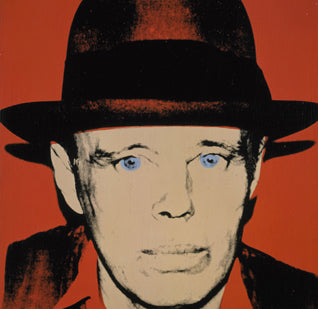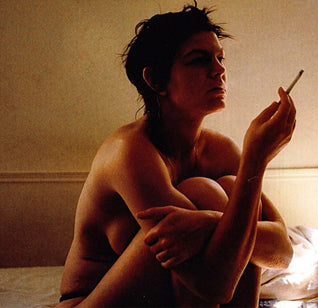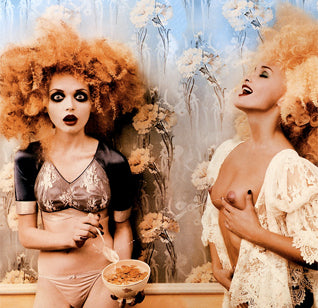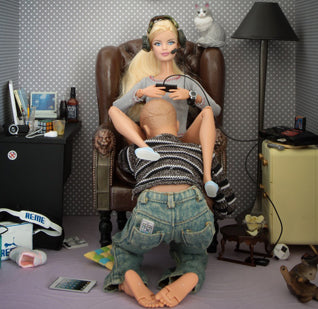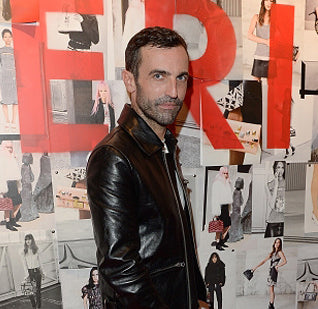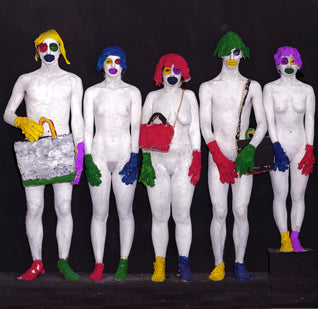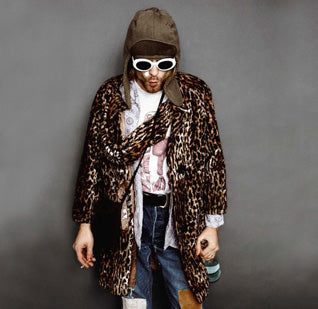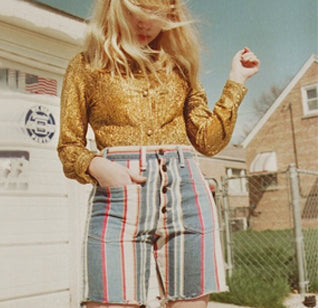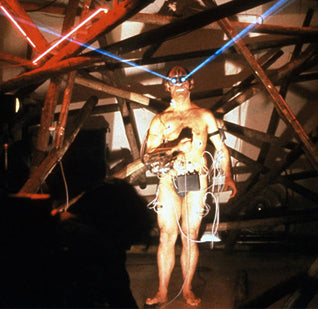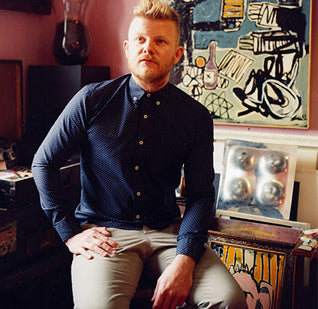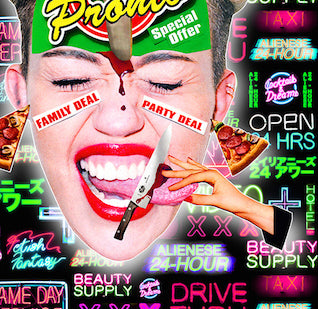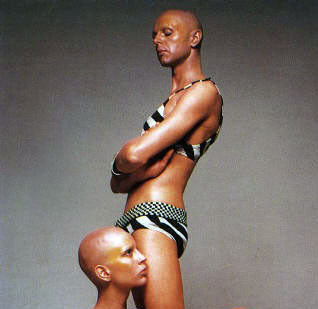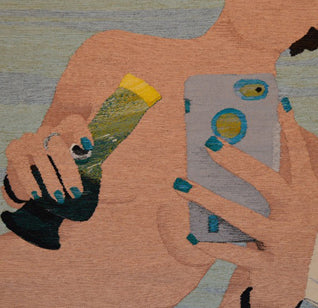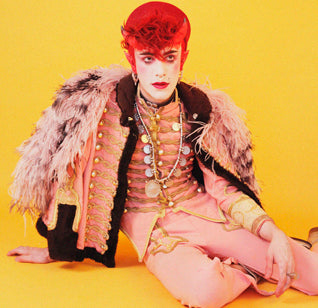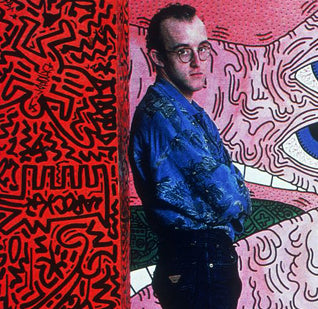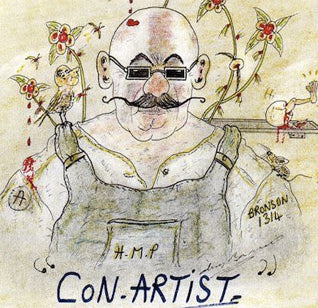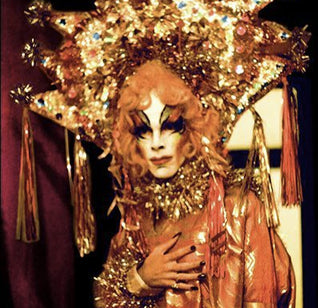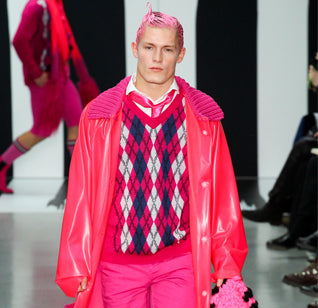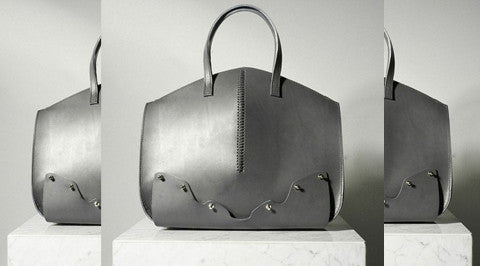KIM GORDON: JUST A GIRL IN A BAND
From leading Sonic Youth to becoming punk’s poster girl
by Ellie Howard
In her typically understated style, Kim Gordon has named her latest book “Just a Girl in a Band”. The 61 year old recently admitted she doesn’t really consider herself a musician, let alone a countercultural icon. Gordon has always been somewhat of a mystery; never allowing herself to be defined, she has seamlessly blurred the lines of rockstar, visual artist, fashion designer and now, author. From the early glory days of Sonic Youth, to the betrayal of her ex-husband Thurston Moore; her autobiography reveals the extent of her artistic gravitas. Armed with her flickering feline eyes and warholian attitude, Gordon is the proto-punk poster girl who has carved a niche for nonconformists everywhere.

A young Kim Gordon
Growing up in the bleached-out sunshine of the west coast, in-between the ravines and earth mounds that would become the LA freeway; Kim was raised in a 1960s “faux hippy” household. The daughter of a UCLA sociology professor and a seamstress, who practiced ‘hands–off parenting’, she developed a curious intellect and an un-wavering independence. A shy girl, her youth was idled away; channelling Françoise hardy, watching old avant-garde movies and obviously, smoking pot.

Mike Kelley and Kim Gordon, captured by John Harnois in Los Angeles, 1985
The first time Kim met Mike Kelley, was at CAL Arts during a Dan Graham lecture. Gordon had just graduated from the Otis Art institute, and the two struck up a relationship based around their mutual love of ‘noise garage’, the raw sound which would later come to embody Kelley’s band ‘Destroy all Monsters”. Nearly a decade later, Mike Kelley would design Sonic Youth’s “Dirty” EP cover.

Courtney Love and Kim Gordon, 1980
In 1979, revelling in the reckless ambivalence of youth; Gordon left LA. Driving across country with Kelley riding shotgun; the pair headed into the glamorized squalor of New York City. The pair quickly dissipated into the burgeoning underground arts scene of the 80s. With not a dollar to her name, Kim would couch-surf between conceptual artist Jenny Holzer and Cindy Sherman. It was during this time she was given a guitar by a friend, a beaten up instrument with “Drifter” stamped across it. Carrying it everywhere, it eventually followed her to her new apartment at 84 Elridge Street. When she first invited Thurston over, the guitar would be the first thing he recognised, having known the mutual friend. Kim later recalled, “It was a weird, instantaneous connection between us, not that we needed another”. The night ended in their first kiss, and the guitar would come to symbolise the beginnings of Sonic Youth.

Sonic Youth in 1991, the year punk broke
Sonic Youth made their first live appearance at Noise Fest in June 1981. A festival that had its roots in punk-subculture, curated by Thurston at the New York art space White Columns. In the late 70s and early 80s New York’s underground metropolis was filled with the sound of post-punk experimental rock. The city had been hit by the ‘No Wave’ scene and was the midst of a caustic, anti-culture backlash. Musicians such as the Theoretical Girls, and Rhys Chatham were producing dissonant music. In 1982, Sonic Youth released their first EP, and just two years later Thurston Moore and Kim Gordon were married.

A still from the X-Girl film
Going against the grunge, Kim launched X-Girl in 1993. The clothing label was her reaction against the shapeless, anti-fashion aesthetic that was in trend. Worn by downtown it-girls Chloe Sevigny and Sofia Coppola, the brand was debuted in Sonic Youth’s “Bull in the Heather” video, where Kim appeared four months pregnant alongside Bikini Kill’s own hellraiser, Katheen Hanna.

Kim Gordon & Thurston Moore, Illustration by Martin Ansin for New York Magazine
For three decades, Sonic Youth spearheaded the alt-rock scene; infiltrating populist music culture with discordant guitar rifts, scuzzy bass and lo-fi aesthetic, they shaped the 90s. But the punk rock love story would eventually unravel in 2011, when it was revealed Thurston had been repeatedly unfaithful. Thirty years of musical marriage would abruptly come to a grinding halt and Kim’s heart would be broken, as would those belonging to legions of their devastated fans.

Kim Gordon for Interview Magazine, 2013
But Kim Gordon is hard as nails. Possessing a rare kind of femme-brilliance and a take-no-bullshit sassiness, she is the musical equivalent to graphene. Although she may have retreated momentarily, behind a pair of blacked out shades – she has recently returned to the world stage. Her latest band Body/Head has released an experimental EP, to critical acclaim. And she has returned to her artistic roots, with two 2015 exhibitions planned. For now her future is dotted with question marks, but I have no doubt it will be as unconventional as she is. Because if there is one thing Kim Gordon has taught us, it is how to be yourself.








